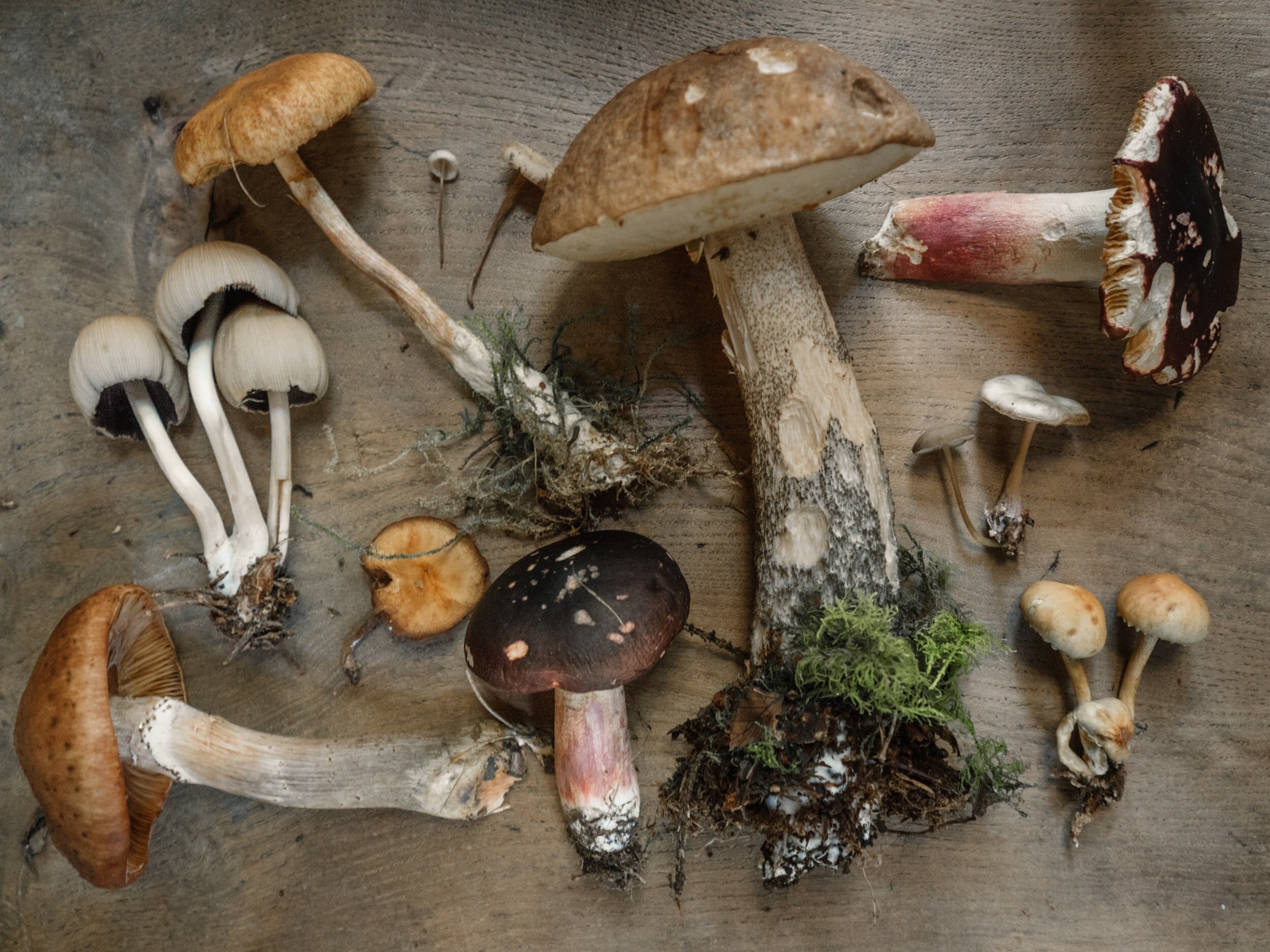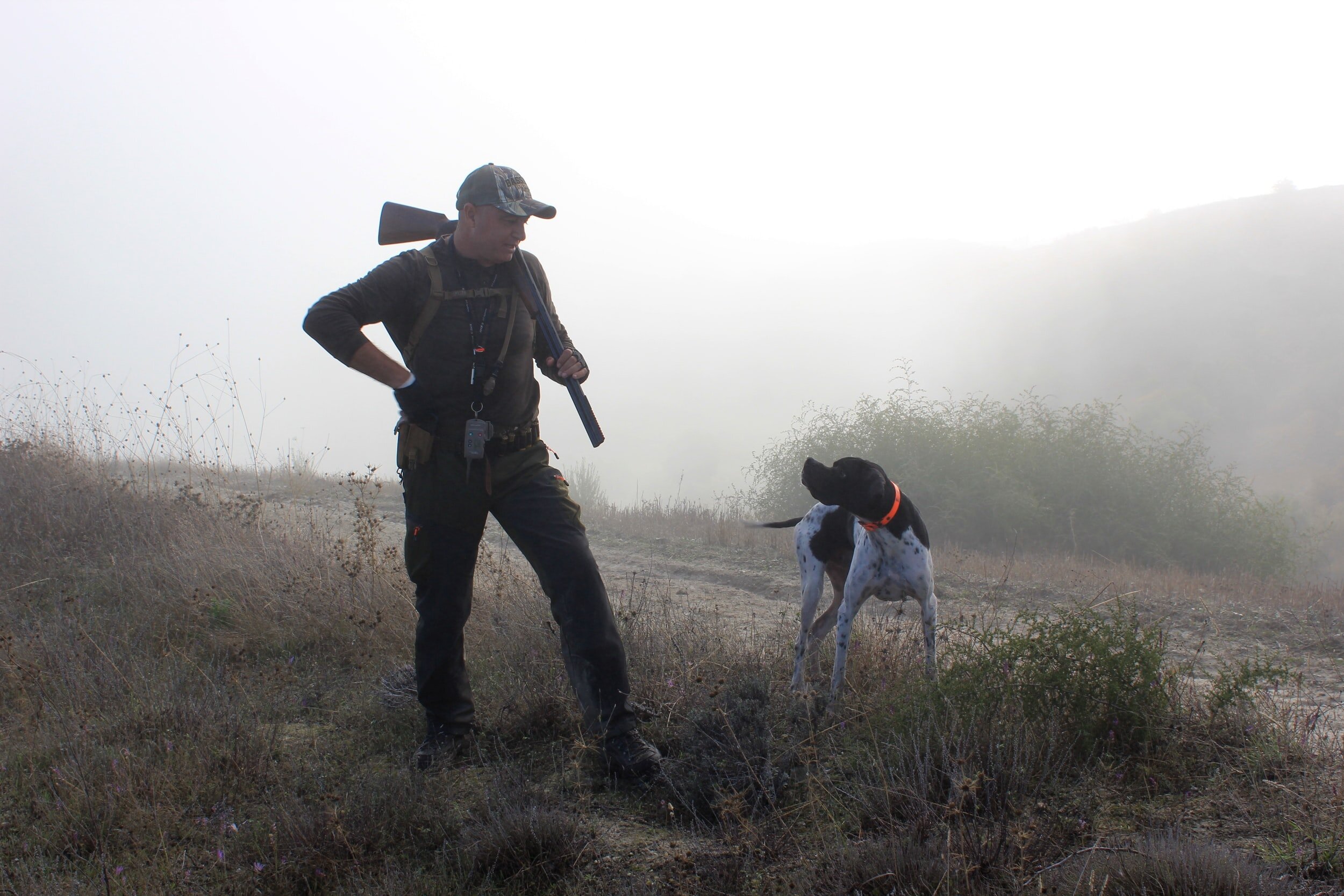Planning a Hunting Trip?
WHERE TO GO AND WHERE TO GET YOUR LICENSE
Before setting out for your trip to fish, hunt, or forage, make sure you are up to date on the current rules and regulations regarding any required licenses or permits, what’s allowed, and where to go.
If you observe activities that are not allowed, it’s important to report them to the appropriate enforcement agency who will be able to respond and issue citations. Information on where to report poaching at the bottom of the page.
California Dept. of Fish & Wildlife
The California Department of Fish and Wildlife manages California's diverse fish, wildlife, and plant resources, and the habitats upon which they depend, for their ecological values and for their use and enjoyment by the public. The Department of Fish and Wildlife is charged with implementing and enforcing the regulations set by the Fish and Game Commission, as well as providing biological data and expertise to inform the Commission’s decision making process.
report poachING
Poaching is the illegal take of fish and wildlife.
Call 1-888-334-CalTIP
TERRESTRIAL FORAGING & HARVESTING
FORAGING NOT ALLOWED:
CALIFORNIA STATE PARKS
The natural scenery and animal life are the principal attractions of most state parks. They are integral parts of the ecosystem and natural community. As such they are protected by Federal, State and Park laws. Disturbance or destruction of these resources is strictly forbidden.
MARIN COUNTY PARKS & OPEN SPACE
No person shall damage, injure, collect, eat or remove any plant, tree or other type of vegetation, whether living or dead, including, but not limited to, flowers, mushrooms, bushes, vines, grass, turf, cones, or wood within parks (Chapter 10.04.020). No person shall hunt, molest, disturb, injure, trap, take, net, poison, harm or kill any kind of animal or the eggs of any animal, whether living or dead, nor remove, destroy or in any manner disturb the natural habitat of any animal within parks (Chapter 10.04.030). Fishing or taking of fish is permitted as regulated in Chapter 10.07.
FORAGING ALLOWED:
POINT REYES NATIONAL SEASHORE
All objects (plants and animals (or parts of them such as flowers, seashells, or antlers), historic artifacts, minerals, etc.) within the National Seashore are protected and may not be collected. However, certain products are available for personal (non-commercial) use only in limited quantities. Allowed foraging: Blackberries, Raspberries, Thimbleberries, Gooseberries, Salmonberries, Huckleberries, or apples - 2 quarts per person per day. Mushrooms - 2 gallons plus 1 mushroom per adult per day.
HUNTING
HUNTING NOT ALLOWED:
POINT REYES NATIONAL SEASHORE
Hunting within the National Seashore is prohibited. All weapons (including, but not limited to, B-B guns, slingshots, bows and arrows, or any object capable of discharging a projectile), as well as weapons prohibited by the state, are prohibited.
CALIFORNIA STATE PARKS
The natural scenery and animal life are the principal attractions of most state parks. They are integral parts of the ecosystem and natural community. As such they are protected by Federal, State, and Park laws. Disturbance or destruction of these resources is strictly forbidden.
MARIN COUNTY PARKS AND OPEN SPACE
Weapons of any kind are prohibited on District lands. No hunting of any kind is allowed.
MARIN WATER DISTRICT LANDS
No person shall take, hunt, trap, harass or otherwise harm any kind of animal or the eggs of any animal, whether living or dead or remove, destroy, or in any manner disturb the natural habitat of any animal. Fishing or taking of fish is permitted as regulated in Chapter 9.06. (Ord. 267 §2(part), 1987).
HUNTING ALLOWED:
Use these links provided by CDFW to find authorized areas to hunt: Wildlife Areas and Ecological Reserves, U.S. Forest Lands, and Bureau of Land Management.
TOMALES BAY ECOLOGICAL PRESERVE
The Tomales Bay Ecological Reserve is 482 acres of salt marsh and tidal flats consisting of pickleweed, arrow grass, gum plant, saltbush, and salt grass. Lagunitas Creek drains into the southern part of the ecological reserve. Waterfowl, shorebirds, brown pelican, California clapper, and black rail inhabit Tomales Bay. Fish species include striped bass, flatfishes, sculpin, walleye and other surfperch, salmon, steelhead. Waterfowl hunting is allowed with appropriate licenses and seasons.
Poaching
Poaching is the illegal take of fish and wildlife. It can involve hunting or fishing out of season, the taking of more fish or game animals than the law allows, or illegal commercialization of our wildlife. It can also include trespassing, hunting or fishing in closed areas such as Marine Life Protection Areas or Game Reserves. All species of wildlife in California are affected; some of the most commonly poached include deer, bear, antelope, elk, abalone, sturgeon, salmon, crab and lobster. Poachers devastate the state’s natural resources by breaking laws designed to assure proper wildlife management and species survival. The full impact on California’s ecology is impossible to gauge.
Depending where you are when you observe poaching, you have multiple options to report. We recommend always reporting to CDFW Game Wardens, but if you are visiting Point Reyes National Seashore, California State Parks, or Marin County Parks or you can report through their enforcement divisions or call the Marin County Sheriff as well.
CDFW GAME WARDENS:
1-888-334-CalTIP
www.wildlife.ca.gov/Enforcement/CalTIP
POINT REYES NATIONAL SEASHORE ENFORCEMENT DIVISION:
415-464-5170
MARIN COUNTY PARKS:
Marin County Parks Online Reporting Form
MARIN COUNTY SHERIFF:
415-479-2311
ARE WE MISSING SOMETHING? IS A LINK BROKEN?
Please use our issue reporting form to help us keep this community resource up to date. You will need to submit your contact information so we can follow up with you if we have questions. Thank you for your help to keep this resource up to date for our community!









